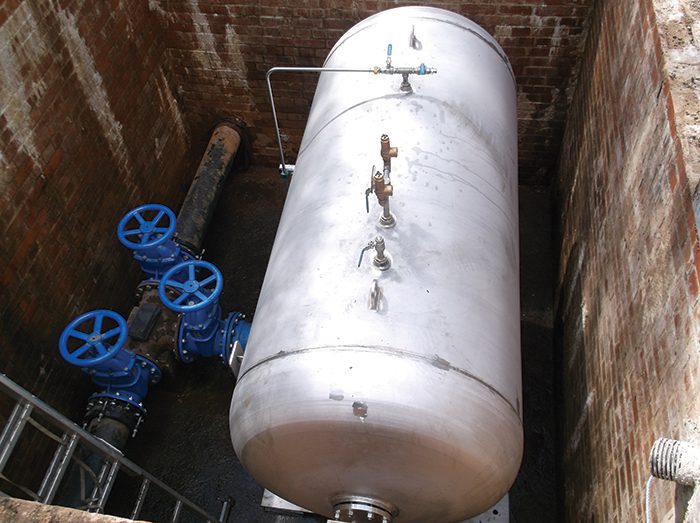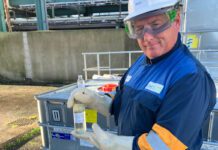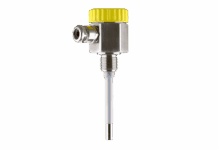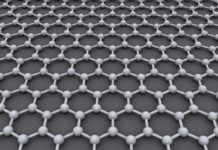The replacement surge vessel required for the sewage network in Bracknell was calculated at half the size of its 30-year old predecessor, following a hydraulic study. Thames Water Utilities contacted Quantum Engineering Developments (QED) after a surge vessel at its Queensmere sewage pumping station in the Berkshire was condemned during an examination by third-party insurance inspectors.

The main had been suffering from bursts, which suggested the existing vessel was not protecting the system as it should have been. The existing vessel was more than 30 years old having been installed in 1978 – so it was important to work out exactly what sorts of flows and pressures the new system would be facing.
Hydraulic survey
QED suggested carrying out a real-time hydraulic survey to make sure the new surge vessel was suited to the optimum needs of the system.
QED Operations Manager Tim Harper said: “A lot of these vessels have been installed for more than twenty or thirty years.
“Each surge vessel is highly individual and manufactured to suit the hydraulics of each system. Should any parameters change, such as pumps, pipework, flow rates, the surge protection requirements will also change.
“There is no way the hydraulics within any system will be the same now as they were twenty or thirty years ago.”
Surge control vessels work by maintaining a level of air within the network that acts as a buffer to protect mains from low and high pressure, safeguarding the system against bursts. In the case of Queensmere, QED suggested a full hydraulic survey carried out by pressure and flow expert Hydraulic Analysis.
Onsite monitoring
Rather than use a theoretical model, the hydraulic modellers came to the site and attached pressure and flow monitors to the pumping main. Over the course of a day engineers measured pressure and flow over a range of different pumping regimes.
On receipt of the final hydraulic study, QED designed and manufactured a replacement surge vessel, compressor and control system that matched exactly the current demands of the system.
The survey showed that while in 1978 a surge vessel of 8.5m3 was fitted, today the main is best served by a 4m3 vessel – less than half the size.
The new stainless steel vessel was made to fit the chamber where the original carbon steel surge vessel was housed. Although stainless steel is more expensive, on this occasion it was chosen over carbon steel because of the whole-life cost benefit.
Totex advantage
Stainless does not need to be painted, so the need for inspection of paintwork and re-coating is eliminated altogether. The vessel at Queensmere is classified as a confined space, which is housed within another confined space, so use of stainless has designed-out the need for personnel to enter the vessel, reducing health and safety risks in the long-term and providing a total operational and capital expenditure (totex) saving.
While the redundant surge vessel had no controls, the new one will be monitored and controlled by the Qube – QED’s patented surge control system. At Queensmere the control panel and compressor were housed in a purpose-built glass-reinforced plastic kiosk.
The hydraulic survey suggested an air valve fitted at a particular point was critical to ensure the pressure within the main was within working limits. Mr Harper said the bespoke new surge vessel will give the best possible protection against surges and leaks.
Role in leak prevention
“Replacing outdated surge vessels and making sure they are correctly sized for the main they are serving can be a vital way of preventing leaks which could save water companies millions of pounds a year,” he said.
“Properly maintained surge vessels can save energy, cut expenditure and more importantly save water,” concluded Harper.
QED has a website at www.surgevessels.co.uk






